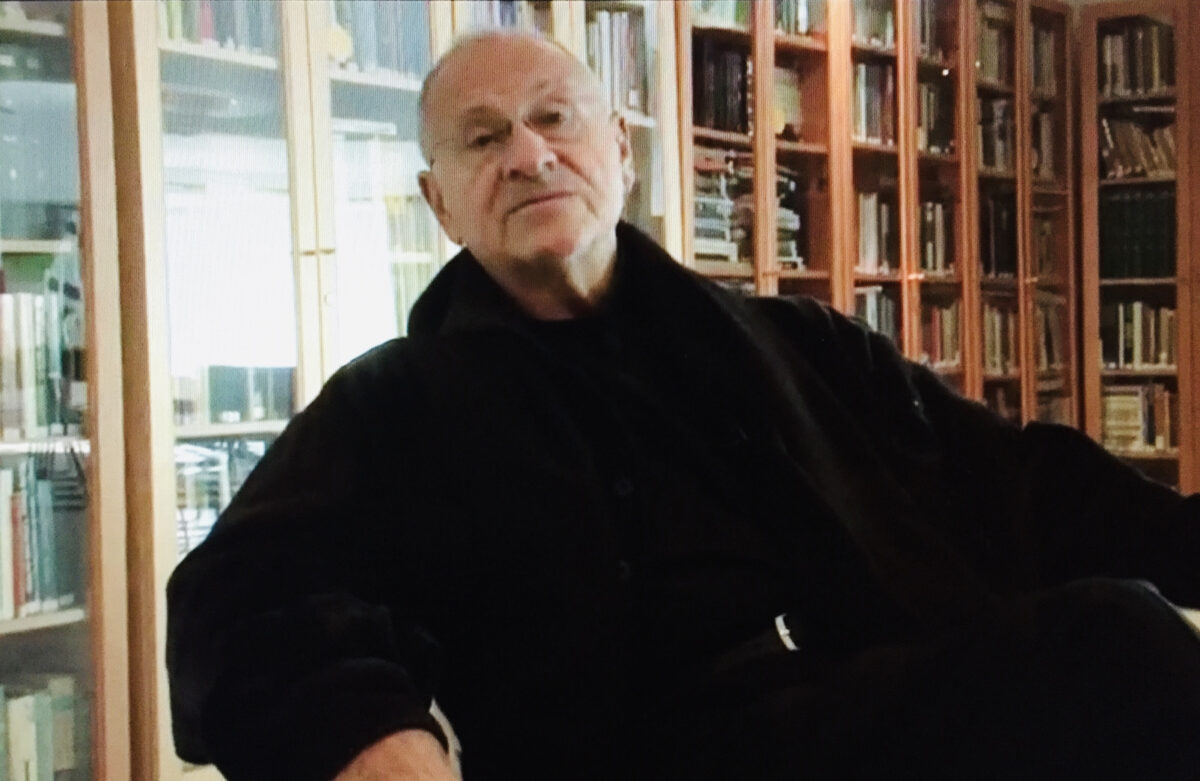Dmitriy Khavin’s 21-minute movie, Sukkot in Warsaw, offers a fleeting glimpse of Jewish life in contemporary Poland. Currently being screened online by the Toronto Jewish Film Foundation’s J-Flix program, it unfolds in Muranow, Warsaw’s old Jewish district, during the Sukkot holiday.
This lean and all-too-brief documentary leaves viewers with an impression of a truncated community that is only a pale reflection of its former self. Although the film was made in 2013, not much has changed in Poland since then, except that it is now governed by a right-wing government that is trying to rewrite the history of the Polish response to the Holocaust.
Poland’s Jewish population before World War II stood at 3.3 million. It was the largest Jewish community in Europe, its origins dating back one thousand years. During the Holocaust, 90 percent of it was decimated by the Nazis.
Nobody really knows how many Jews live in Poland today, but the figure ranges anywhere from 5,000 to 20,000. Some, of mixed Jewish-Catholic ancestry, are so assimilated that they do not identify as Jews.
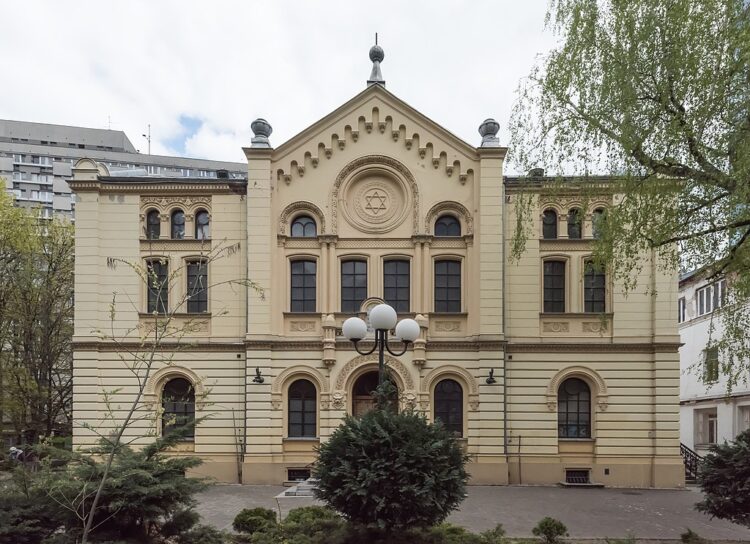
Khavin starts his excursion at the architecturally impressive Nozyk synagogue, the only shul in the city not to have been destroyed by the Nazis. It was reopened in 1983, when the Polish government marked the 50th anniversary of the Warsaw ghetto uprising. Poland’s chief rabbi, the U.S.-born Michael Schudrich, appears in its elegant interior and delivers a few general remarks about the community.
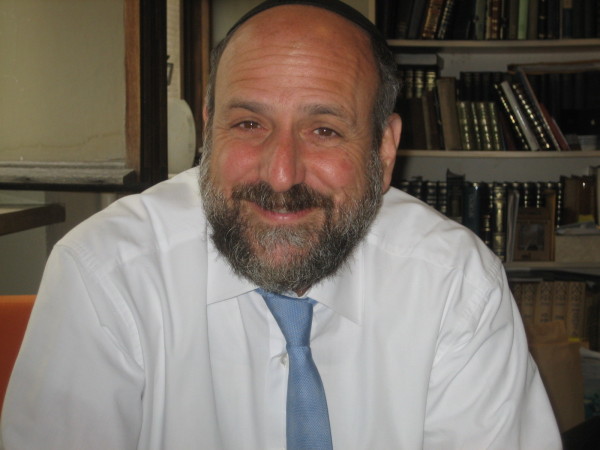
From this point onward, Khavin casts his net widely and interviews an eclectic variety of people.
Marta Jankowska, a tour guide, talks about her half-Jewish, half-Polish background. Ducking into Moishe House, a youth club, Khavin speaks to several members and visitors of partial Jewish ancestry. One of them, a man from eastern Poland, is a baptized Orthodox Christian.
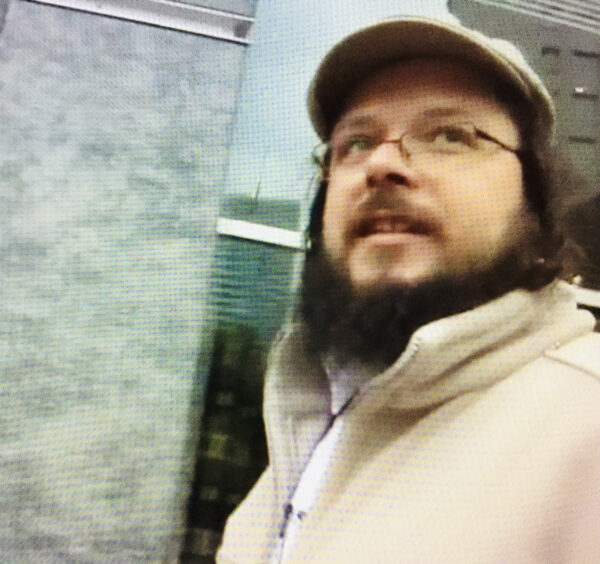
Chaim Joel Nowicki, a religious scholar sporting a beard and sidelocks, believes that a Jewish presence in Poland is historically important and necessary to drive home the point that Jews, however belatedly, scored a victory over genocidal Nazi Germany.
Severyn Ashkenazy, the founder of Beit Warszawa, the city’s only reform synagogue, is a Holocaust survivor. Born in 1936, he survived by hiding in a cellar under a cellar. He feels strongly that Jews belong here, and that Poland should not be, as the Nazis contemptuously described it, “Judenrein.”
Michał Bilewicz, a psychologist, feels both Jewish and Polish. Ironically, he works in a building that was commandeered by the Germans during the war. He’s offended when Israeli visitors urge him to make aliyah, as if he’s a stranger in Poland.
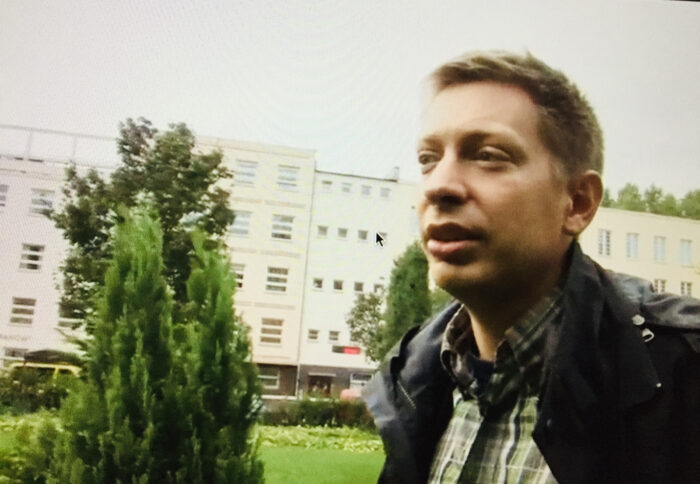
Jan Spievak is the founder of Kibbutz Warszawa, a community garden brimming with vegetables and herbs. He spends very little time discussing this project, focusing instead on Poles and the Holocaust and the renaissance of Jewish culture in Polish society.
As Khavin drives around Muranow, his camera pans on a few notable sites of interest, from the Museum of the History of Polish Jews to the nearby monument commemorating the fighters of the Warsaw ghetto revolt.
It’s abundantly clear that Poland’s postwar Jewish community is a greatly diminished one, but the embers of its prewar spirit still flicker.
